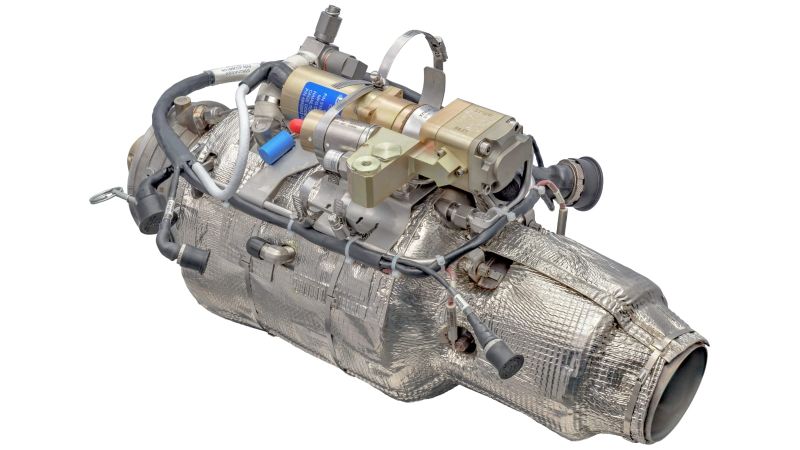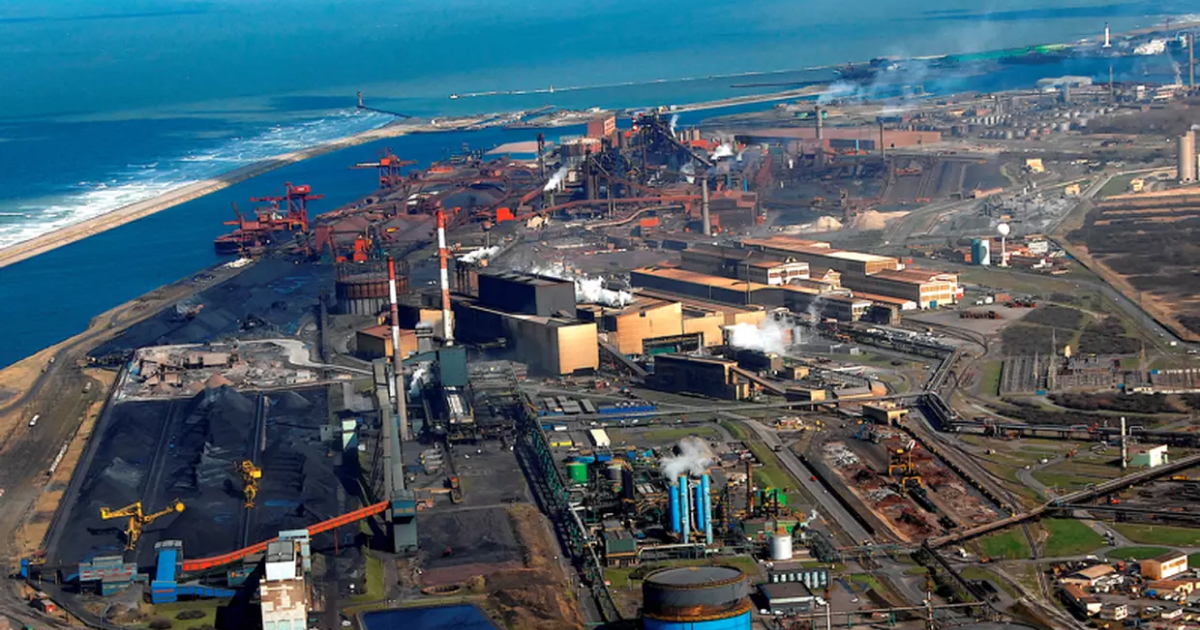
Pratt & Whitney’s Breakthrough in Additive Manufacturing
Pratt & Whitney, part of RTX, has made a major breakthrough in additive manufacturing (AM). The company successfully tested rotating turbine parts for its TJ150 turbojet engine. This marks a significant milestone in using 3D printing for rotating engine components, an area that has long posed challenges in aerospace.
The TJ150 engine is a high-performance, quick-production turbojet. It generates 68 kg (150 lb) of thrust and has a compact, lightweight design. This makes it ideal for autonomous systems and various weapon systems, both domestically and internationally. According to Pratt & Whitney, the turbine wheel produced through AM performs reliably under operational conditions. This achievement marks a key step forward in AM capabilities.
Advancements in Additive Manufacturing for Aerospace
The test of rotating turbine components represents a breakthrough for the aerospace industry. AM is becoming a key technology for optimizing production times and reducing costs. Pratt & Whitney Gatorworks, in collaboration with the RTX Technology Research Center, helped redesign the TJ150 engine. The team used a process called ‘unitisation,’ which reduced the core module part count from over fifty to just a few. This not only saves time but also lowers production costs. As a result, the TJ150 is now a viable option for high-rate production scenarios.
Pratt & Whitney was able to design, test, and manufacture the TJ150 engine in just eight months. This demonstrates the growing potential of AM in creating high-performance aerospace components. The engine is now poised for mass production, with a focus on scaling operations to meet rising demand.
Key Implications for the Future of Aerospace Manufacturing
Pratt & Whitney’s success with the TJ150 turbine wheel brings AM closer to widespread adoption in aerospace. AM allows for the production of complex, high-performance rotating parts. This could revolutionize how aerospace engines and other critical components are designed and manufactured. Chris Hugill, Executive Director of Pratt & Whitney Gatorworks, noted, “This technology is transforming how we design, develop and deliver capabilities faster.”
This breakthrough could open doors for faster prototyping, more cost-efficient manufacturing, and fewer parts in future engines. As the aerospace sector pushes for better performance and cost savings, Pratt & Whitney’s success positions the company as a leader in next-generation additive manufacturing.
SuperMetalPrice Commentary:
Pratt & Whitney’s success in testing rotating turbine parts for the TJ150 engine highlights the growing role of 3D printing in aerospace manufacturing. As the industry moves toward more sustainable, efficient, and cost-effective production methods, AM technology is playing a crucial role. The TJ150 engine not only represents a technical milestone but also signals a broader trend of accelerating innovation. For the aerospace sector, this development shows how AM can meet the increasing demand for high-performance, scalable, and cost-efficient solutions.











Leave a Reply
You must be logged in to post a comment.